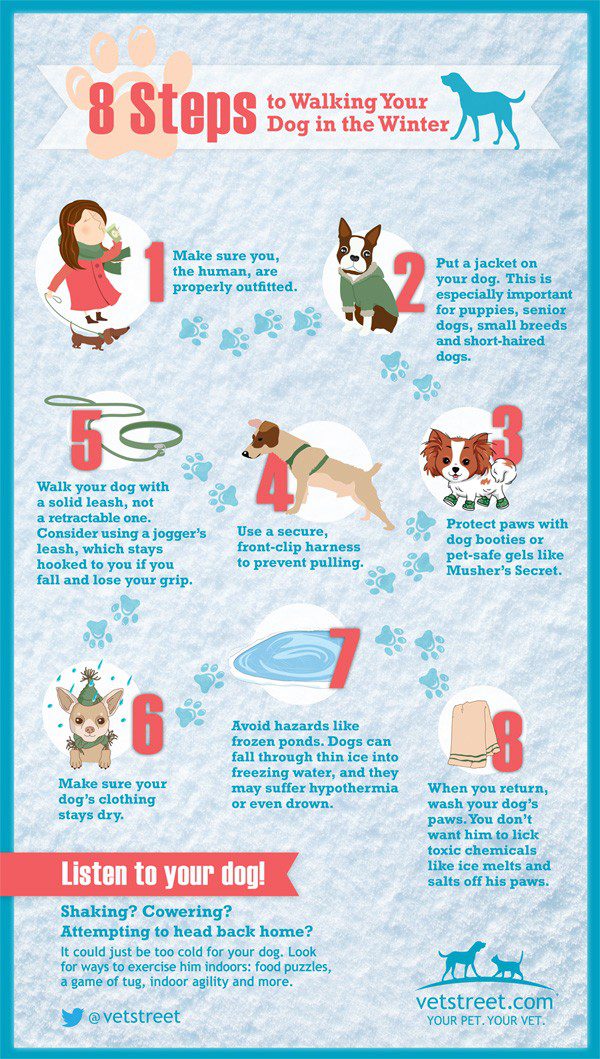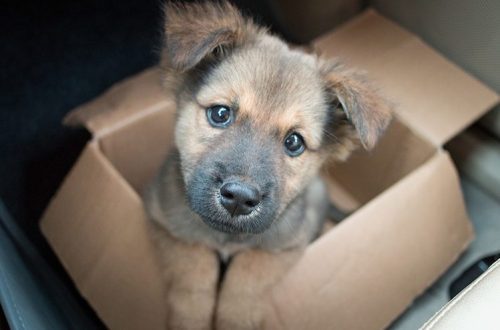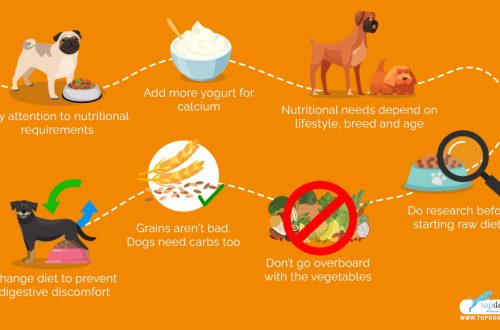
How to walk with a puppy in winter?
In fact, winter is not such a bad time to have a puppy in the house. Indeed, cold and ice make certain adjustments to the adaptation period of the dog. However, in no case should they become the reason for a permanent stay at home. What to look for when walking with a puppy in winter?
Age
As a rule, a puppy is taken from a breeder at the age of 2,5–3 months. This is the best time to start walking. True, it often coincides with the quarantine period of vaccinations, but even in this case it is recommended to take the puppy outside at least for a while in your arms or in a carrier. Why is it important? Behavioral problems associated with insufficient socialization are among the most common in cynological practice. Interestingly, at the age of 2,5 months, the dog is most often not afraid of the street and calmly tolerates walks. But by 3 months, the animal begins a period of fear. The dog can be frightened by cars, passers-by, other animals and loud noises. Therefore, the sooner small walks begin, the better. And winter should not disturb these plans.
Frequency and duration of walks
In addition to getting to know the street, the owner of the puppy is faced with the task of accustoming the dog to the toilet. It is recommended to go out with your pet 3-4 times a day after meals.
As for full walks, at first they should be about 15 minutes a day. Gradually increase their duration.
Clothing for walking
Of course, winter can make adjustments to your pet’s walking schedule. But almost all dogs tolerate temperatures down to -5ºС calmly, they do not need warm clothes. Although representatives of smooth-haired and bald breeds, such as the Chinese Crested or Chihuahua, you can start dressing already at zero degrees and even earlier.
Also pay attention to special creams for dogs in winter. They can prevent frostbite of the paws, but, unfortunately, they are unlikely to save from exposure to reagents.
Activity
In cool weather, walks should be more active: it’s good if the dog runs a lot, chases the ball, fetches. So the grown pet will not only not freeze on the street, but will also spend the accumulated energy. And this means that he will not have the strength to damage furniture, shoes or wallpaper.
Reagents
Unfortunately, the streets are not always treated with sand or granite chips, which are harmless to animals. Often chemicals are used. These substances are very dangerous for the skin of the dog’s paw pads: they corrode it, leaving bleeding wounds. Moreover, when trying to lick the paw, the animal eats the reagent. This can lead to severe poisoning.
It is advisable to walk with a puppy in the winter on clean snow. Pay attention to the exit from the entrance: if the paths are treated with a reagent, take the puppy in your arms and walk this path. If the puppy is large and you cannot lift it, you will need to purchase safety shoes. She is unlikely to fall in love with your pet, but it will help out in dangerous areas.
After the walk
It is very important to teach your puppy to wash his paws after a walk. This must be done every time, even if the paws seem clean to you. In addition, over time, the dog will get used to and will perceive this process calmly.
Don’t worry too much about walking your puppy in the winter. The main thing is to monitor the mood and condition of the pet. If he whines, tucks his paws, and doesn’t show activity on a walk, he’s most likely just cold. In this case, do not try to “walk” the dog, it is better to return home.





